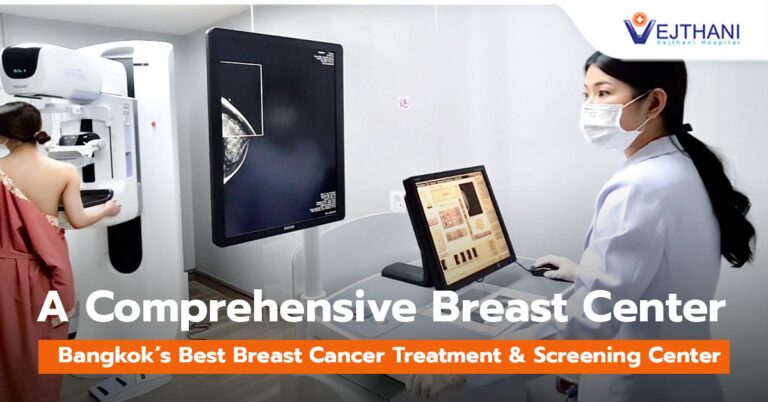

Calcification in the breast is a common abnormality, often asymptomatic and can be detected through mammography. However, some types of breast calcifications may indicate underlying conditions such as cancer or other diseases that elevate the risk of breast cancer.
Differentiate types of breast calcifications with the following indications:
- Shape
- Size
- Spread
- Changes over follow-up examinations
Breast calcifications are detectable through mammography only. Finding through breast palpation or ultrasound could be challenging. That is why annual mammographic screening for women aged 40 and above is recommended to detect calcifications. It also helps to monitor those who have been previously detected.
Digital breast tomosynthesis, an advanced technology, is used for breast cancer screening. It takes multiple images of the breast from different angles, forming sharp detailed 3D images. It takes only 3.7 seconds to capture each angel. The screening involves the X-ray tube moving in an arc over the compressed breast, taking images at various positions. Digital breast tomosynthesis systems incorporate moveable X-ray tubes that move over a limited angular range to obtain 3D data of the patient’s breasts. The procedure involves breast compression to even out tissue thickness, spread out tissue for better visualization, and minimize blurring caused by motion. It is beneficial for detecting breast cancer early and reducing false-positive results, especially in dense breast tissue. If abnormalities are detected, a biopsy can be performed immediately under local anesthesia, eliminating the need for general anesthesia. This results in small needle-sized wounds, minimal discomfort, and no hospitalization required.
Read more: https://bitly.ws/3eZhZ
For more information, please contact
Breast Center, 3rd floor, Vejthani Hospital 02-734-0000 Ext. 2715, 2716
Or call English Hotline +66 (0) 85-223-8888
- Readers Rating
- Rated 5 stars
5 / 5 ( Reviewers) - Spectacular
- Your Rating























